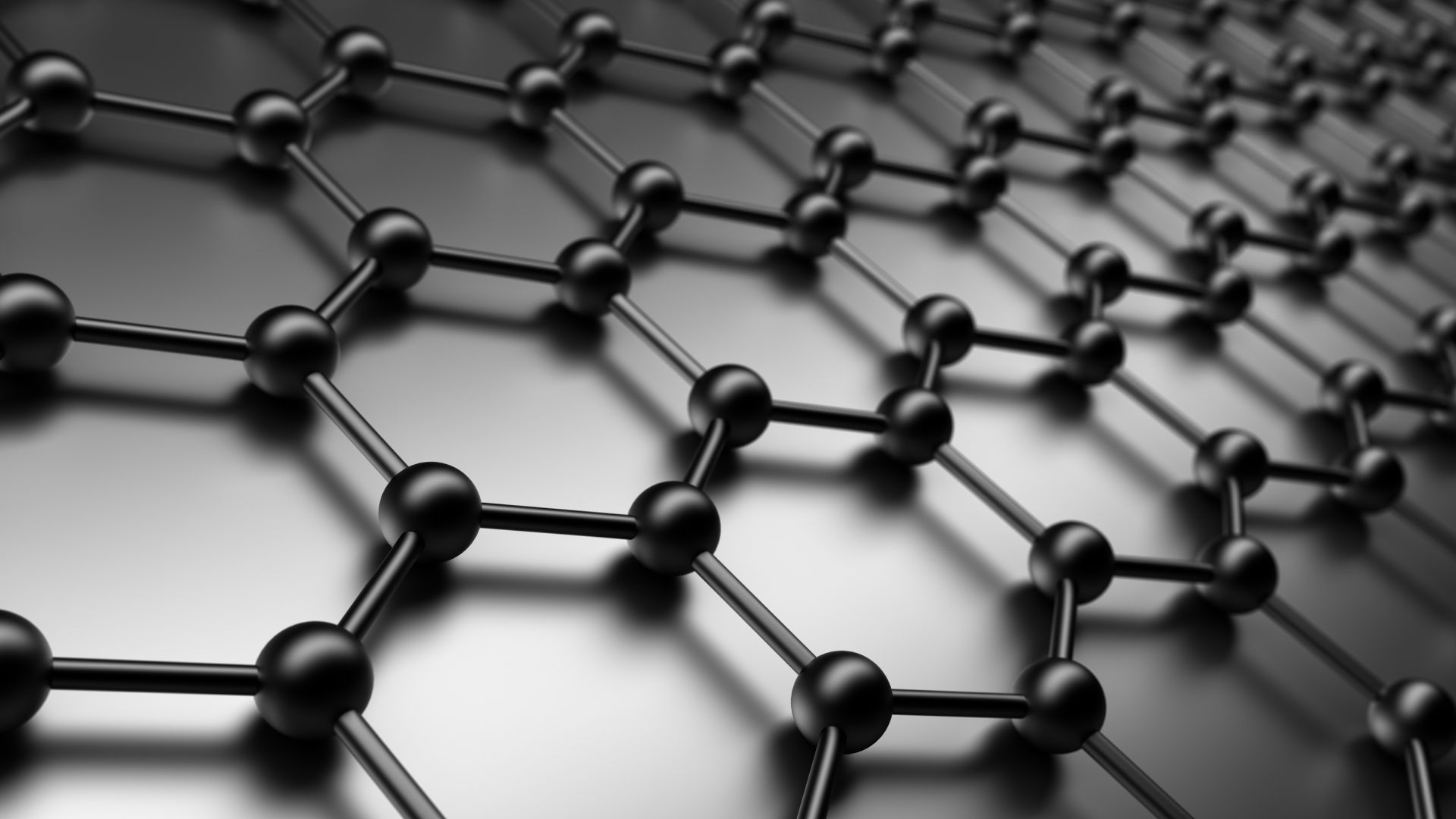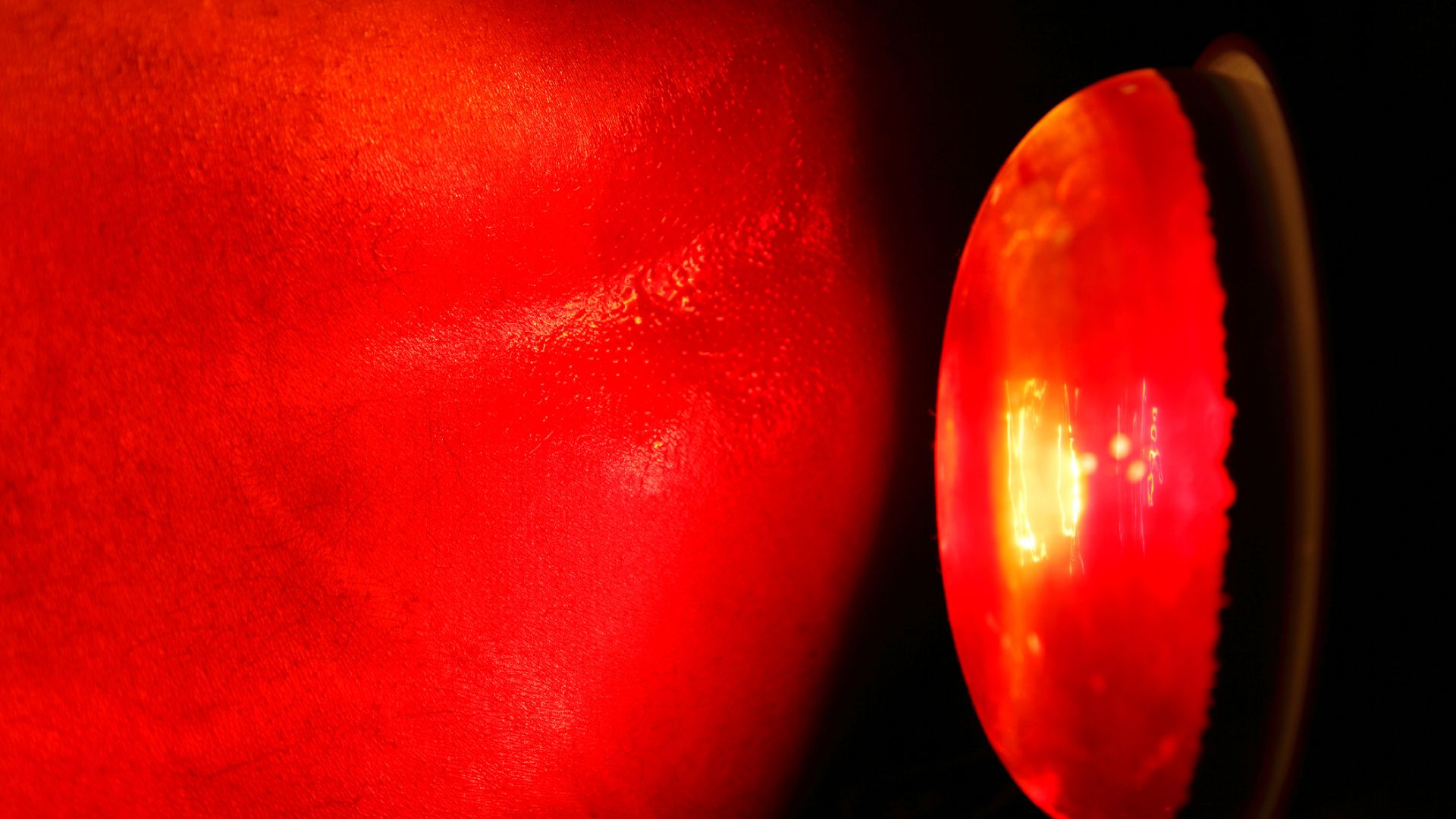
Have you ever wondered how your favorite thermal wear or sports recovery gear keeps you warm without feeling bulky? The secret lies in advanced materials like far infrared yarn and graphene, both of which emit far infrared radiation (FIR) to provide warmth and support your body’s recovery.
But did you know that these two materials work in different ways to deliver their benefits? Let’s explore how far infrared yarn and graphene differ in their FIR effects and how you can choose the right option for your needs, whether it’s for daily comfort or targeted recovery.
What is Far Infrared Radiation?
Far infrared radiation (FIR) is a segment of the infrared spectrum with wavelengths ranging from 15 to 1000 micrometers. Unlike visible light, FIR cannot be seen by the naked eye, but it can be felt as heat. This type of radiation is naturally emitted by the sun and certain materials, and it is known for its ability to penetrate deep into the human body, offering various health benefits.
What is Far Infrared Yarn?
Far infrared yarn is designed to emit far infrared radiation (FIR), a type of energy on the electromagnetic spectrum that is invisible to the human eye but can be felt as heat. The yarn is infused with natural minerals, such as ceramic or other specific compounds, which absorb energy from the environment—such as body heat or sunlight—and re-emit it as FIR. When woven into fabric, this yarn helps generate heat and enhance blood circulation, offering potential health benefits like improved muscle relaxation and increased metabolism.
Far infrared yarn is commonly used in textiles for sportswear, therapeutic garments, and bedding due to its ability to keep the wearer warm without the need for thick, heavy fabrics. The key advantage lies in its ability to naturally generate warmth and promote comfort while maintaining breathability. Additionally, FIR from these yarns is non-invasive and can provide a mild heating effect that may contribute to overall wellness without the risk of overheating.
What is Graphene’s Far Infrared
Graphene is a single layer of carbon atoms arranged in a hexagonal lattice, renowned for its exceptional properties, including its ability to generate far infrared radiation (FIR). When exposed to heat or an electrical current, graphene’s unique structure allows it to emit FIR efficiently, making it an ideal material for applications requiring heat generation and thermal management.
The FIR emitted by graphene not only provides warmth but is also believed to improve blood circulation, reduce muscle fatigue, and enhance recovery. Because of its high efficiency and versatility, graphene is increasingly being used in high-tech clothing, medical devices, and even energy-efficient heating solutions. Its strong thermal properties combined with its flexibility make it a cutting-edge material in far infrared applications.
Differences in Thermal Conductivity: Far Infrared Yarn vs. Graphene

Far Infrared Yarn:
- Absorbs body heat and reflects far infrared rays back to the skin, creating a warming effect.
- Promotes blood circulation and enhances comfort through slow, steady heat release.
- Typically has moderate thermal conductivity, making it ideal for everyday apparel and textiles designed for prolonged use.
Graphene:
- Known for exceptional thermal conductivity, quickly absorbing and distributing heat across its surface.
- Highly efficient in heat management, making it suitable for high-performance sportswear and advanced medical textiles.
- Its rapid heat dissipation might not provide the same consistent warming effect as far infrared yarn, which focuses more on gradual heat retention.
Summary:
- Far Infrared Yarn: Best for slow, consistent warmth.
- Graphene: Ideal for applications requiring efficient heat dissipation and advanced temperature regulation.
Comparison of Far Infrared Effects on the Human Body: Far Infrared Yarn vs. Graphene

Far infrared radiation (FIR) offers various health benefits, such as improving blood circulation, reducing muscle fatigue, and aiding recovery from injuries. Both far infrared yarn and graphene emit FIR, but their effects differ due to their unique structures and emission characteristics.
Far Infrared Yarn:
- Contains ceramic or mineral additives that naturally absorb and emit far infrared radiation.
- Produces a consistent and gentle FIR emission, which penetrates the skin and promotes circulation.
- Ideal for products like sportswear, sleepwear, and therapeutic clothing, providing gradual warmth and comfort without overheating.
Graphene:
- A highly conductive material that emits FIR at a higher intensity due to its atomic structure.
- Generates heat quickly and efficiently, offering immediate relief from muscle tension and fatigue.
- Better suited for short-term use in sports recovery or medical devices, as the intensity may be too strong for prolonged use or sensitive skin.
Key Differences:
- Intensity: Graphene emits FIR at a higher intensity, offering quick, targeted relief. In contrast, far infrared yarn provides a more gentle, sustained effect.
- Comfort: Far infrared yarn is more comfortable for prolonged use due to its softer, gradual FIR emission, making it ideal for daily wear.
- Applications: Graphene is commonly used in high-performance or medical applications, while far infrared yarn is more suitable for everyday textiles, such as fitness and thermal wear.
By understanding these differences, users can choose the appropriate far infrared technology based on their specific needs.
Conclusion on Far Infrared Yarn and Graphene
Now that you know the differences between far infrared yarn and graphene, which one would suit your lifestyle best? If you’re looking for gradual, consistent warmth for daily use, far infrared yarn may be your go-to option. But if you need quick relief for muscle fatigue or are into high-performance sports, graphene’s rapid heat dissipation might be the ideal choice. Whether you’re seeking long-term comfort or instant recovery, both materials offer unique benefits that can enhance your wellness routine.
FAQs for Far Infrared Yarn and Graphene
1.Is far infrared good for health?
Yes, far infrared (FIR) is generally considered beneficial for health. It can improve blood circulation, reduce muscle pain, promote relaxation, and support recovery from injuries by penetrating deep into the skin and tissues. FIR is often used in therapies, such as infrared saunas and therapeutic clothing, for these health benefits.
2.What does graphene do to the human body?
Graphene can emit far infrared radiation (FIR), which helps improve blood circulation, relieve muscle tension, and provide heat quickly. Its conductivity allows it to generate FIR efficiently, making it useful in medical and sports applications for fast recovery and pain relief. However, its high intensity may not be suitable for prolonged use on sensitive skin.
3.Is far infrared safe for skin?
Yes, far infrared is generally safe for the skin. It emits gentle heat that can penetrate the skin, promoting blood circulation and relieving muscle tension without causing harm. However, it’s important to ensure proper use, as excessive exposure to high-intensity infrared could cause discomfort for sensitive skin.



